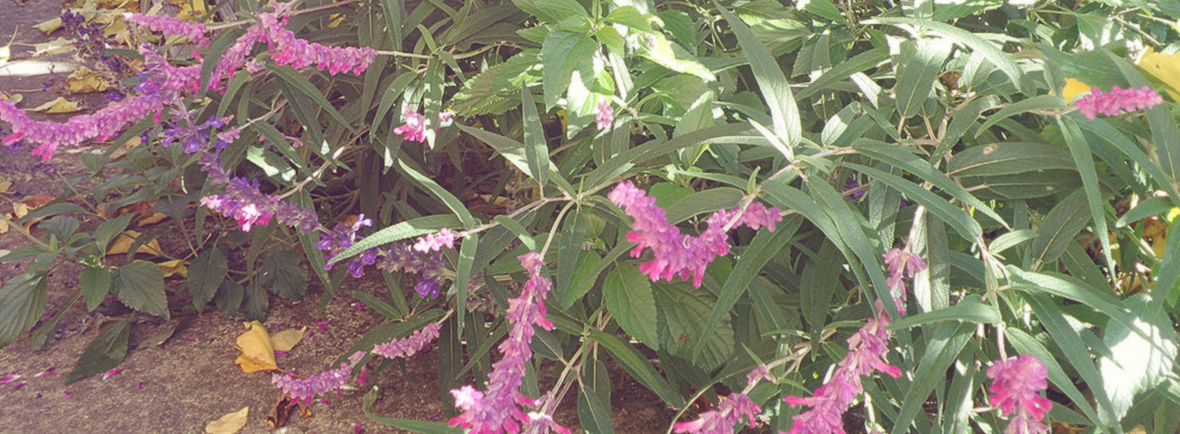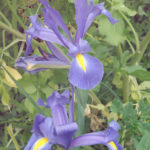Spring has sprung!
However Spring here in southern Australia must be the most changeable of seasons ever. We have still had wet wintry days and cold nights, some luscious spring days, but also some very warm, windy days which remind us that summer is ahead.
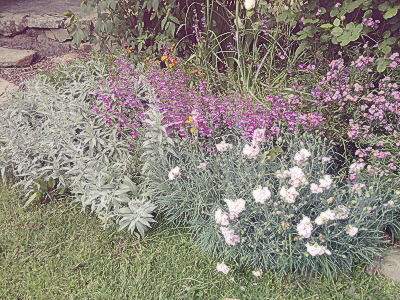
Don’t rush!
It’s so tempting to plant and the nurseries are so full of fabulous flowering pot-plants – but beware!
A lot of the plants in nurseries have been forced. This means that they have been grown in artificial environments to look great the minute the sun comes out, not necessarily when they naturally grow and flower. Tomatoes and basil has usually been grown under warm conditions (probably a heated glasshouse), which means when you get them home and plant them in your unprotected garden, they will at best sulk for a while or at worst, turn up their toes. My advice is to wait a little longer until the weather is more consistent, and spend your early sunny days preparing your soil.
I have tested planting and fruiting times for tomatoes for the last three years and have found very little difference between. In other words, tomatoes will flower and fruit when they are ready and the conditions are right and later planted tomatoes are just as quick to fruit as the earlier planted ones. It’s also a good idea to buy plants from local growers if you can, and to ask advice. Not all plants in nurseries may be suitable for your conditions.
Observe
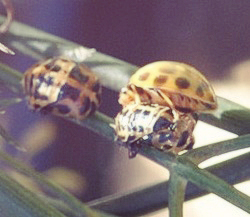
This is one of my favorites! Watch what is going on in your garden. A keen eye often stops little hungry critters from devouring your precious plants, or notices special predators! If you have plants that are being chewed, check first what it might be – you may save time and money on pest control, as many creatures come and go. A leaf chewing caterpillar in winter is probably gone by now and turned into a moth or butterfly. The aphids on your roses may be soon consumed by visiting ladybirds if you are willing to wait. You may just need to remove unsightly parts of the plant, if the new growth is healthy.
Check your plants – if they are looking peaky, improve the soil by adding fertilizer, organic matter and mulch.
Look over the neighbour’s fence
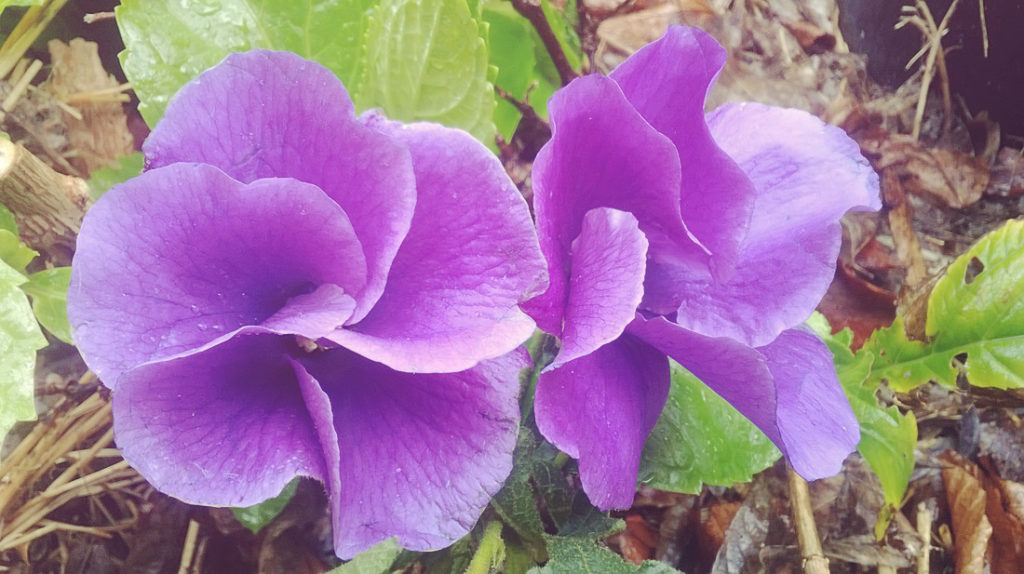
I don’t mean be a busy body, but we often glean ideas and find new plants by seeing what other people are doing. You may even make friends and exchange information and plants. Look at what’s flowering now, and if you like it, take a photo or piece of the plant to show a nursery (make sure to ask permission first!).
Refresh
Plants are often tired or listless after the winter and need a bit of TLC. Replenish the soil in potted plants and give them a good feed. Now is a great time to fertilize the garden, as plants will take up more goodness as the weather warms.
Prepare
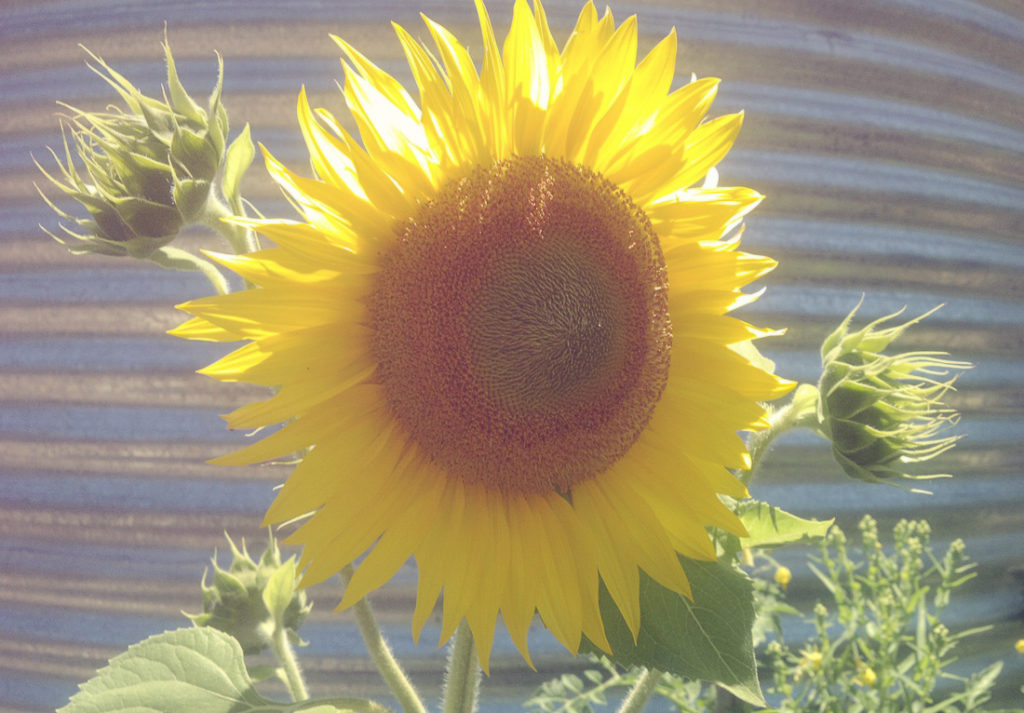
I know it’s a few months yet, but start to prepare your garden for summer. As the soil warms up and is still damp, you can start to mulch. Use good quality mulch that will add goodness to your soil and feed your plants and soil critters. If you have lots of weeds, try my ‘no-weed’ mulching method (featured in a previous post). It can save lots of time and effort.
Think about what you would like to see in your garden in summer. I love sunflowers and cosmos, and they both need to be planted in late October so you can enjoy them later in the season. Plan your veggie patch, so you’ll have a continuous supply of fresh veggies. I plant lettuce, rocket and coriander on a regular basis once a fortnight, so I always have some for my salads.
Enjoy!
This is the most important part – take time to enjoy your days, sitting in your garden in the sun and relishing life. Treasure the amazing environment that surrounds us and be thankful for every day.
Until next time,
Happy gardening
Amanda
PS: Below are some of my spring favorites. I have many, but some are just the best ‘heralds of spring’!


